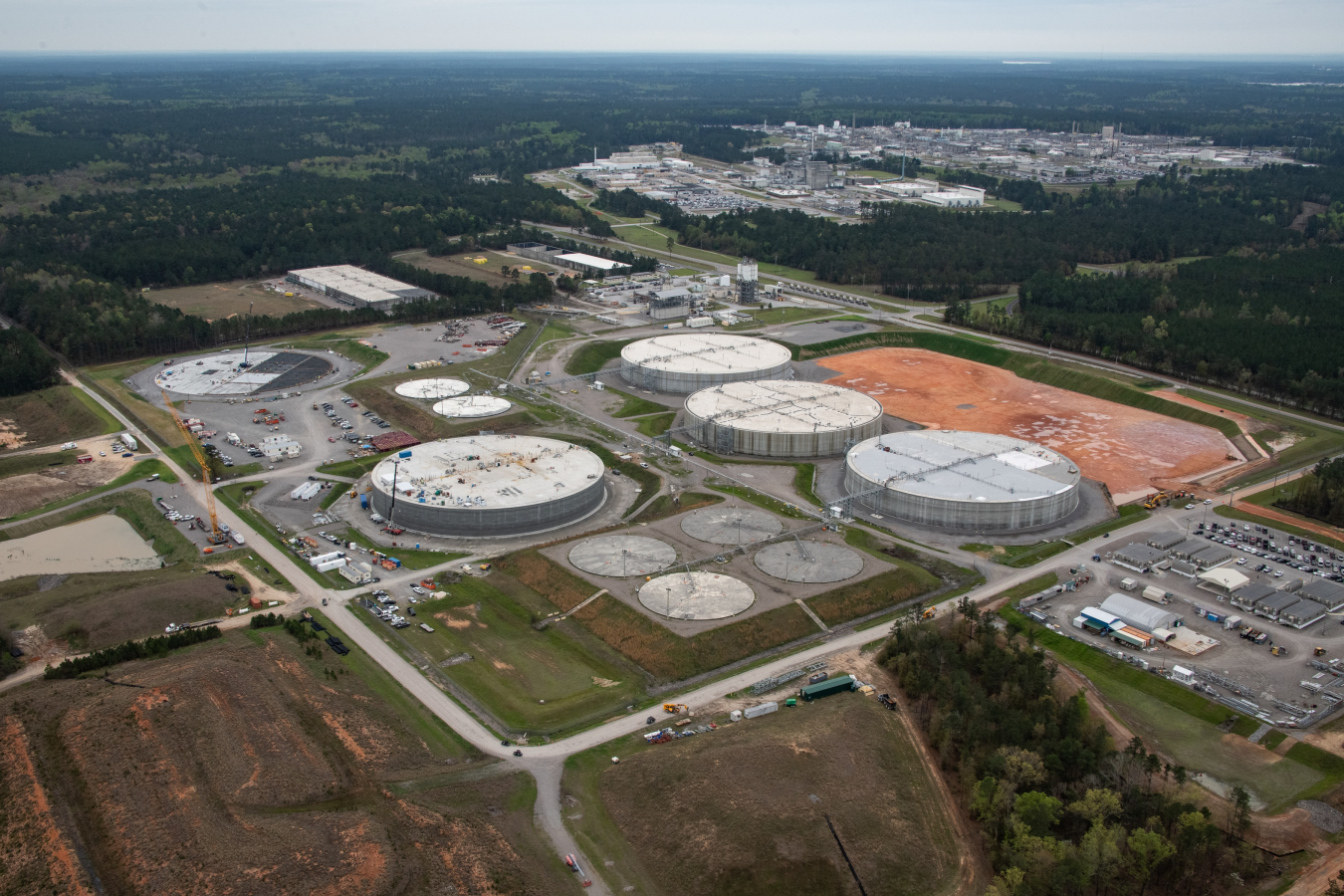Industrial Wastewater Treatment: Advanced Methods for Effective Monitoring
Industrial Wastewater Treatment: Advanced Methods for Effective Monitoring
Blog Article
Just How Fluid Waste Disposal Functions: A Detailed Review of Strategies and Technologies Employed

Introduction of Liquid Waste Types
The complexity of fluid waste kinds demands a comprehensive understanding of their features and ramifications for disposal. Liquid waste can generally be classified right into a number of types, including industrial, local, agricultural, and dangerous waste. Each classification shows distinct buildings, requiring certain administration techniques to mitigate environmental and health and wellness threats.
Industrial fluid waste originates from producing processes and often contains a series of impurities, such as heavy steels, solvents, and natural substances. Metropolitan fluid waste, mainly making up wastewater from homes and business establishments, consists of raw material, nutrients, and microorganisms (industrial wastewater treatment). Agricultural liquid waste, consisting of drainage from farms, might contain fertilizers, chemicals, and animal waste, presenting threats to water high quality and ecosystems
Dangerous liquid waste is defined by its poisoning, reactivity, or possible to create harm. This group includes materials like acids, bases, and specific chemicals that necessitate rigid handling and disposal protocols. Comprehending these diverse liquid waste types is critical for creating efficient disposal techniques and making sure compliance with ecological laws. Appropriate classification and characterization are vital for applying proper therapy methods and lessening the adverse effects on public health and the environment.
Physical Treatment Techniques

Screening is the first step, where bigger bits and particles are removed from the liquid waste making use of displays or grates. In sedimentation storage tanks, larger fragments clear up at the base, developing a sludge layer, while the made clear fluid can be further dealt with.
Purification is one more crucial method that involves passing the liquid via porous materials, such as sand or membranes, to capture smaller bits. This step enhances the top quality of the fluid, making it suitable for subsequent therapy procedures.

Chemical Treatment Techniques
Chemical treatment methods are vital for effectively handling liquid waste, especially in resolving dissolved and colloidal contaminants that physical techniques might not properly eliminate. These techniques utilize various chemical agents to reduce the effects of, precipitate, or change harmful materials right into less unsafe types.
One usual technique is coagulation and flocculation, where chemicals such as alum or ferric click over here chloride are included in advertise the gathering of suspended particles. This process improves sedimentation, permitting for simpler elimination of the resulting sludge. Furthermore, oxidation processes, using agents like chlorine or ozone, are utilized to break down complicated natural compounds and virus, rendering the waste much safer for discharge or additional therapy.
Neutralization is one more important method, which adjusts the pH of acidic or alkaline waste streams to neutral levels, protecting against potential injury to downstream systems and the environment. Furthermore, progressed oxidation procedures (AOPs) use combinations of oxidants and ultraviolet light to deteriorate relentless contaminants, accomplishing a greater degree of therapy effectiveness.
Biological Treatment Procedures
Organic treatment processes play an important function in the management of fluid waste by using bacteria to decompose raw material and reduce contaminant levels. These processes can be extensively categorized into cardiovascular and anaerobic therapies, each employing certain microbial neighborhoods to attain reliable waste destruction.
Cardio treatment involves using oxygen to promote the breakdown of organic products by germs. This process is frequently executed in activated sludge systems, where aeration tanks offer a favorable atmosphere for microbial growth, leading to the oxidation of organic toxins. The resultant biomass can be divided from treated effluent with sedimentation.
In comparison, anaerobic therapy takes place in the lack of oxygen, relying upon different bacteria to damage down raw material. This technique is especially helpful for high-strength waste, as it produces biogas, a renewable energy source, while reducing sludge production. Technologies such as anaerobic digesters are often used in commercial and metropolitan applications.
Both cardio and anaerobic organic therapies not only lessen the environmental impact of liquid waste but also promote source recuperation, making them vital elements of sustainable waste management strategies. Their performance, adaptability, and efficiency sustain their prevalent execution throughout numerous markets.
Emerging Technologies in Disposal
Cutting-edge approaches to fluid waste disposal are swiftly advancing, driven by improvements in modern technology and a boosting emphasis on sustainability. Among these emerging modern technologies, membrane layer bioreactors (MBRs) have gotten traction for their capacity to combine biological treatment with membrane layer filtering, leading to top quality effluent that can be reused in different applications. MBRs allow smaller sized footprints and more efficient operations contrasted to standard systems.
One more promising development is using anaerobic digestion incorporated with nutrient recovery innovations, which not just treats fluid waste yet likewise produces biogas and recoups beneficial nutrients like nitrogen and phosphorus. This dual benefit improves resource effectiveness and decreases ecological effect.
Additionally, advanced oxidation processes (AOPs) are being adopted for the degradation of More Info intricate natural pollutants. These techniques use powerful oxidants and stimulants to damage down impurities at the molecular degree, offering a very effective remedy for challenging waste streams.
In addition, the combination of artificial intelligence and artificial intelligence in waste websites monitoring systems is maximizing functional effectiveness and anticipating maintenance, resulting in reduced prices and enhanced ecological conformity. These technologies show a substantial change in the direction of more efficient and sustainable fluid garbage disposal practices.
Final Thought
In conclusion, reliable fluid waste disposal demands an extensive understanding of numerous techniques and modern technologies. By continually advancing these approaches, it becomes feasible to address the expanding obstacles connected with liquid waste, ultimately contributing to ecological security and source recovery.
Liquid waste disposal is a critical facet of ecological management, requiring an extensive understanding of various methods and technologies tailored to different waste kinds. Fluid waste can generally be classified into several types, including commercial, community, agricultural, and harmful waste. Agricultural liquid waste, including runoff from farms, may consist of fertilizers, chemicals, and pet waste, posing risks to water top quality and ecological communities.
Numerous physical therapy techniques play a critical function in taking care of liquid waste properly - industrial wastewater treatment.In conclusion, efficient liquid waste disposal requires a comprehensive understanding of numerous techniques and innovations
Report this page